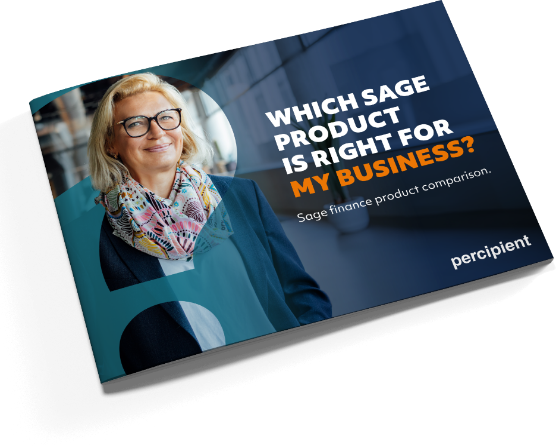Understanding SaaS, PaaS & IaaS – and choosing the right fit for your business
By Jo Fuller, Percipient
There’s no denying it — the cloud is no longer a future trend. It’s a business necessity. With the global cloud computing market projected to top $620 billion in the coming years, organisations across every industry are making the leap to cloud-first models. But with multiple options available, the question isn’t should you move to the cloud — it’s how.
At Percipient, we help businesses make that choice with confidence. Here’s a practical breakdown of the three core cloud computing models — SaaS, PaaS and IaaS — to help you decide which approach suits your organisation best.
SaaS – Software as a Service
SaaS is the most common route to the cloud for modern businesses. In this model, you access ready-to-use software over the internet, managed entirely by the software provider.
Why it works:
- No installations or manual upgrades
- Rapid deployment and scalability
- Minimal IT involvement
- Automatic updates and security patches
- Frees up internal teams to focus on strategy, not support
Ideal for: Organisations seeking agility and simplicity in accessing software like accounting, CRM, or HR systems, without the overhead of maintaining them.
PaaS – Platform as a Service
PaaS provides a cloud-based framework that enables developers to build, test, and deploy custom applications. It provides the infrastructure and tools needed to accelerate software development.
Why it works:
- Accelerates application development
- Reduces time-to-market
- Scalable and cost-effective
- Offloads infrastructure management
- Supports customisation without the complexity
Ideal for: Businesses with in-house development teams looking to build tailored solutions quickly and securely, without managing backend infrastructure.
IaaS – Infrastructure as a Service
IaaS delivers virtual computing resources over the internet, replicating a data centre in the cloud. This option provides full control of your infrastructure without requiring physical hardware.
Why it works:
- Complete control over infrastructure
- Pay-as-you-go model reduces costs
- Scales easily with your needs
- Eliminates the need for on-site data centres
- Customisable to fit complex IT strategies
Ideal for: Larger organisations or those with specific regulatory or architectural needs who want the flexibility of self-managed infrastructure without capital costs.
The Cloud is Not One-Size-Fits-All
Each approach—SaaS, PaaS, and IaaS—offers its own advantages. The right path depends on your business goals, internal resources, and the level of hands-on involvement you want to have with managing infrastructure or development.
Regardless of where you are in your cloud journey, there’s a model that suits you. With the proper guidance, your move to the cloud can deliver significant value, from cost savings to increased innovation speed and operational agility.
Ready to Make the Move?
At Percipient, we help organisations make smart, strategic moves to the cloud, with solutions tailored to your business needs. Whether you’re new to the cloud or rethinking your current setup, we’ll guide you through:
- Choosing the right cloud model
- Selecting the right technology
- Rapid, seamless implementation
- Long-term scalability and support
Call the team today on 01606 871332 or book a discovery – your journey to the cloud starts here. Let’s make it work for your business.




